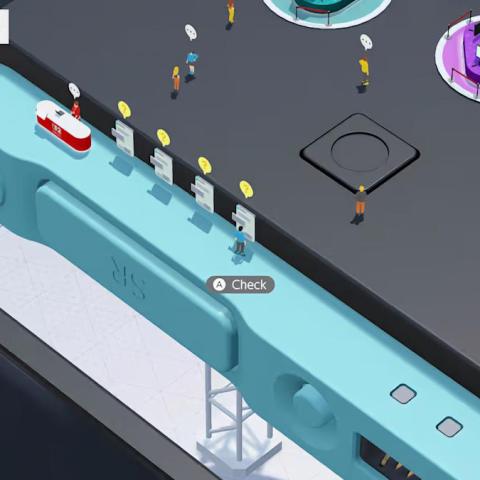These intriguing “fireworks” aren’t real displays; they come from computer simulations that explore how certain fluids interact. A recent study showcases what happens when two fluids that don’t mix—like oil and water—come together. Researchers injected these fluids in patterns, creating beautiful and complex shapes.
Understanding this flow of fluids is crucial for tackling climate change. Carbon dioxide (CO2) is a major player in global warming, being responsible for 80% of the heating from human activity since 1990. While capturing CO2 is one solution, we need to figure out where to put it, and storing it underground could be a promising option.
When we talk about fluids, we mean both liquids and gases, including CO2 itself. Viscosity describes how thick or thin a fluid is. High-viscosity fluids, like molasses, move slowly, while low-viscosity fluids, like water, flow more freely.
The patterns you see in the simulations stem from a phenomenon known as Saffman-Taylor instability. This occurs when two non-mixing fluids interact in a confined space. When one fluid is pushed in, it forces the thicker fluid to create distinct patterns. It’s similar to applying glue between two surfaces and pulling them apart; the glue forms unusual shapes as air moves in.
Recent efforts to store CO2 underground also make use of this instability. By injecting CO2 into water in confined spaces, researchers can observe how the Saffman-Taylor effect helps trap the gas below the surface, preventing it from escaping back into the atmosphere. This technique has become increasingly relevant as more than 50 carbon capture and storage facilities were operational globally by 2024, with many more planned.
As scientists continue to study fluid dynamics, they unlock new methods to combat climate change. Understanding how to manipulate fluid behaviors could help teams create more effective systems for CO2 storage, making a tangible difference in reducing global warming.
For more details on carbon capture initiatives, you can refer to the Global CCS Institute.




&w=480&resize=480,480&ssl=1)
















